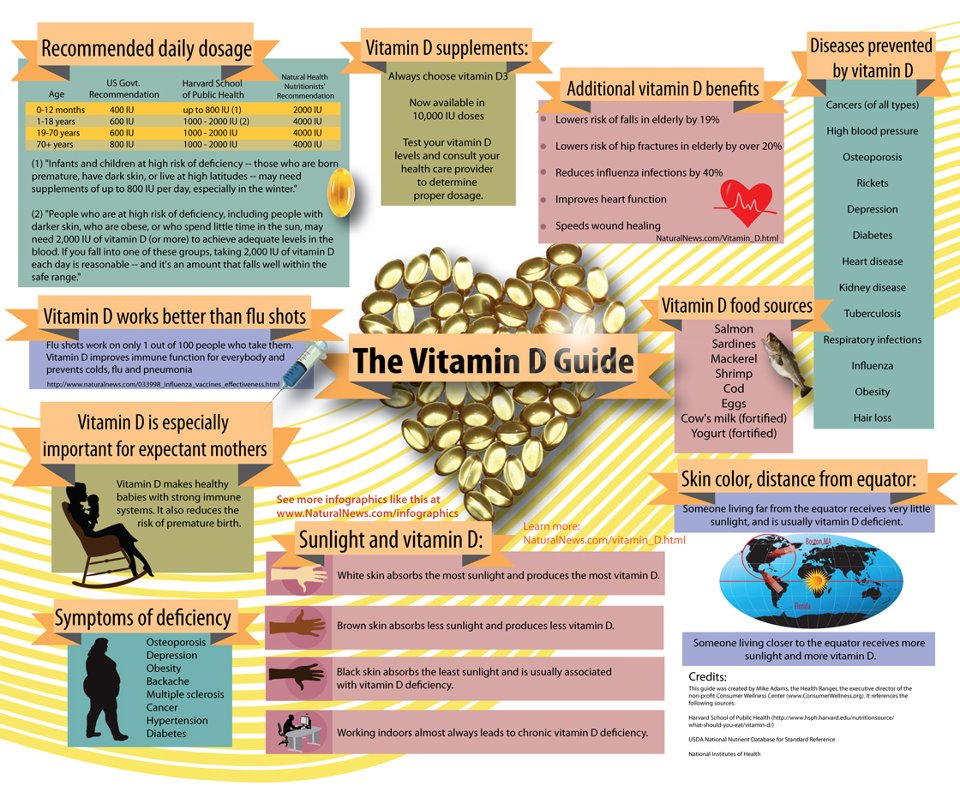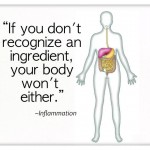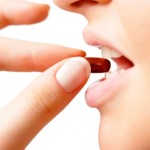
It’s the end of February and most of us are spending more time indoors and getting less daily sun exposure. When we don’t get enough sun, or supplement right, it’s very easy to become deficient in this essential nutrient. When that happens, our health suffers. This is why it is one of The Core Four supplements that I recommend.
There’s a lot of research out there talking about the importance of vitamin D, and it can be very confusing. The following will help you to make sense of it all, so let’s start at the beginning.
What is vitamin D?
Vitamin D is a fat-soluble nutrient that is closer to a hormone, like cortisol or testosterone. This is important to note because it means vitamin D has a deeper functionality than a simple vitamin compound. Vitamin D is used by our bodies to absorb calcium and, along with exercise, to make strong bones. Vitamin D also has cell-normalizing (anti-proliferation) properties, and because cancer is cell proliferation gone mad, it protects against many cancers. It also plays a vital role in our immune system and its ability to fight off pathogens. There are tons of studies showing the importance of vitamin D.
Here are some of the findings:
Optimized vitamin D levels have been linked to:
- Improved mood and mental cognition
- Increased production of antimicrobials that reduce gut infections and skin pathogens
- Reduction of inflammatory responses
- Reduction of risk of osteoporosis by helping with assimilation and absorption of calcium
- Reduced rates of most cancers
- Lowered rates of diabetes
- Decreased risk of cardiovascular disease
- Decreased risk of winter flu
- Decreased levels of depression and seasonal affective disorder
Where do I get my vitamin D?
The best way to get Vitamin D aka the “Sunshine Vitamin” is -you guessed it- from the Sun. This is true because the skin makes it from ultraviolet rays. However, wearing sunscreen blocks Vitamin D production by blocking UV-B ray (even a sunscreen with a SPF of 8 will block 95-98% of Vit D making sun rays!). Therefore, spending 5-30 minutes in the mid-day summer sun two to three times a week should ensure you enough Vitamin D if you are light-skinned. You want to get out of the sun or apply sunscreen after you turn slightly pink – that will ensure enough Vitamin D, and anything past that stage results in skin damage. Those with a darker complexion need to spend considerably longer in the sun to obtain enough Vitamin D.
Now, it would be great if we could do this year round, but seeing as we live in New England- it’s just not going to happen. So, from October to April we recommend supplementing Vitamin D-3 from a whole food source. It is important to use a bioavailable whole food form of vitamin D, complete with the amino acids and sterols, because this will help catalyze mineral utilization and absorption.
In addition, small amounts of vitamin D are available from food. It’s found in eggs and oily fish like salmon, mackerel, and sardines. One egg contains around 20 IU while a can of sardines in oil contains 250 IU. The highest food source of vitamin D3 is found in cod liver oil. One tablespoon can provide up to 1360 IU. It’s important to note that the amount of vitamin D in food alone is not enough to resolve deficiencies or maintain daily levels.
How do I find out my vitamin D levels?
Blood work can reveal your current levels of vitamin D. You can find out your vitamin D levels in two simple ways:
1) Ask your doctor to test for it
2) Use a service like directlabs.com to order the test
How do I optimize my vitamin D levels?
For maintenance: Take 2,000 to 4,000 IU per day depending on the time of year. More in the winter, less in the summer.
To correct a deficiency: Take 5,000 to 10,000 IU under a doctor’s supervision. Correcting a deficiency can take 6 to 12 months. That’s why it is important to work with your doctor to monitor your vitamin D levels.







